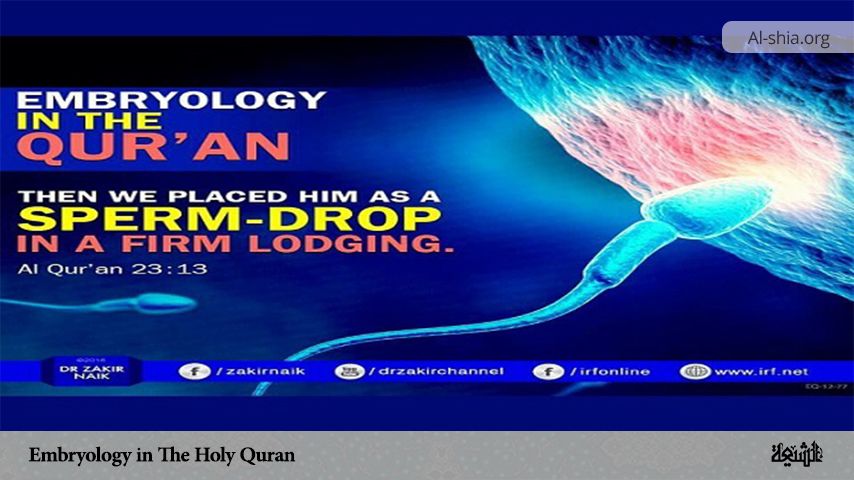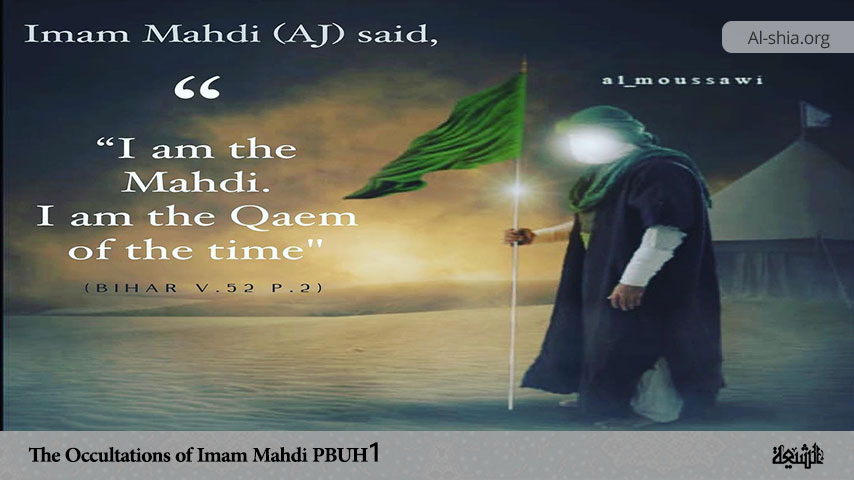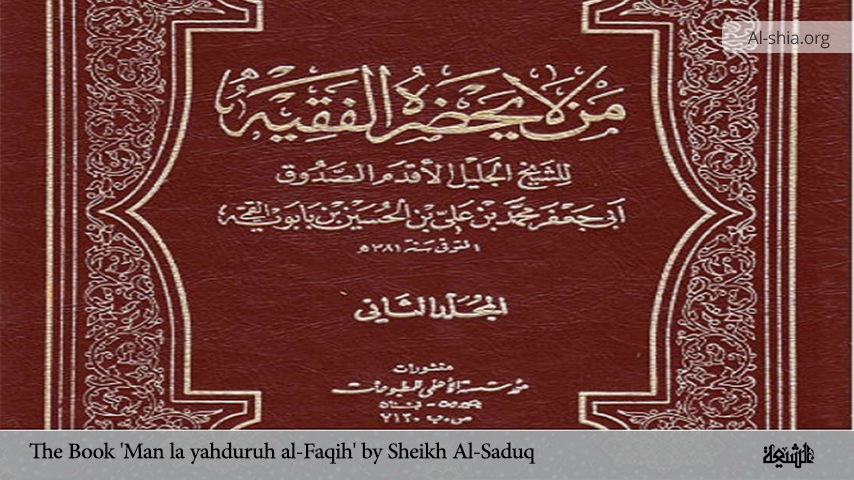The description of development of the human baby in the womb of the mother has been described in several places in the Holy Quran. Modern scientists marvel at the accuracy of the process described in its verses. The Holy Quran says:
“He created you from a single soul, then made from it its mate, and He has sent down for you eight mates of the cattle. He creates you in the wombs of your mothers, creation after creation, in threefold darkness. That is Allah, your Lord! To Him belongs all sovereignty. There is no god except Him. Then where are you being led away?” (39:6).
The stages in the development of human embryos were not described until the 20th century. According to modern scientific knowledge, the three veils of darkness may refer to:
(1) the anterior abdominal wall;
(2) the uterine wall;
(3) the amniochorionic membrane – see Figure 1.
Figure 1
A drawing of a sagittal section of a female’s abdomen and pelvis shows a foetus in utero. Veils of darkness are:
- the anterior abdominal wall
- the uterine wall
- the amniochorionic membrane
“Then We made him a drop of [seminal] fluid [lodged] in a secure abode — Then We created the drop of fluid as a clinging mass. Then We created the clinging mass as a fleshy tissue. Then We created the fleshy tissue as bones. Then We clothed the bones with flesh. Then We produced him as [yet] another creature. So blessed is Allah, the best of creators!” (23:13-14).
The drop (Nutfah) is usually translated as the sperm, but a more meaningful interpretation would be the zygote which divides to form a blastocyst which is implanted in the uterus (the firm resting place).
The word clinging mass (Alaqah) refers to a leech or bloodsucker. This is an excellent description of the human embryo from days 7-24 when it clings to the wall of the uterus, in the same way, that a leech clings to the skin. It is remarkable how much the embryo of 23-24 days resembles a leech.
Figure 2
A drawing of a leech or bloodsucker and below a drawing of a 24-day-old human embryo. Note the leech-like appearance of the human embryo at this stage.
The word fleshy tissue (Mudhghah) means a chewed substance or chewed lump. Toward the end of the fourth week, the human embryo looks somewhat like a chewed lump of flesh. The chewed appearance results from the somite which resembles teeth marks. The somite represents the beginnings of the vertebrae.
Figure 3
A plasticine model of the human embryo which has the appearance of chewed flesh. Right, a drawing of a 28-day-old human embryo showing bead-like somites which resemble the teeth marks in the model shown to the left.
“Then We created the fleshy tissue as bones. Then We clothed the bones with flesh (Lahma)”.
The verse indicates that out of the chewed lump stage, bones and muscles form. This is in accordance with embryological development. First, the bones form as cartilage models and then the muscles (flesh) develop around them.
“Then We produced him as [yet] another creature.”
This next part of the verse implies that the bones and muscles result in the formation of another creature. This may refer to the human-like embryo that forms by the end of the eighth week. At this stage it has distinctive human characteristics after the eighth week; the human embryo is called a foetus. This may be the new creature to which the verse refers.
The interpretation of the verses in the Holy Quran referring to human development would not have been possible in the 7th century A.D., or even a hundred years ago. We can interpret them now because the science of modern embryology affords us new understanding. Undoubtedly there are other verses in the Holy Quran that will be better understood in the future as our knowledge increases.
Extracted from the book titled “Before we are Born” by Keith L. Moore (PhD, F.I.A.C, Professor of Anatomy and Associate Dean, Basic Sciences, Faculty of Medicine, University of Toronto, Canada.

















